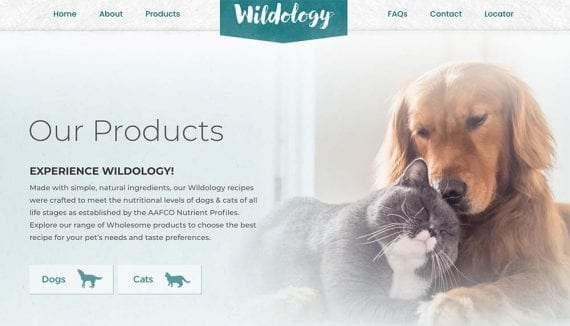Did the events of 2020 and the associated changes in shopping behavior break the classic brick-and-mortar retail model?
The combination of Covid-19 lockdowns, supply chain problems, and economic woes accelerated digital retailing in several areas of the economy. While some experts believe this will result in more individual retail businesses, it may indicate that the traditional retail model will not work or at least not work as well in the near future.
“Let’s start with the model that just doesn’t work,” said Bloomreach CEO Raj De Datta, who is also the author of the book “The Digital Seeker: A Guide for Digital Teams to Build Winning Experiences.”
“What doesn’t work anymore is ‘I’m a retailer. I’ve got a certain level of selection. I source all my products. I work with all my brands. I deal with the supply chain. I open a bunch of brick-and-mortar stores — that’s my distribution. I market online and offline. I’m dependent on the number of people that walk into my store and buy the product that I bought from someone else and mark it up a bit to cover my margin and call it a day.’
“That model of retail, which has existed for a hundred years, is gone,” De Datta said during an exclusive CommerceCo by Practical Ecommerce event.

Bloomreach CEO Raj De Datta, right, was interviewed by the author during a live CommerceCo by Practical Ecommerce event on January 14, 2021.
The Path Forward
De Datta was responding to a question when he said the traditional retail model was in danger. Specifically, he was asked how traditional retailers could compete when so many brands, such as Nike and Carhartt, are opening their own physical stores and promoting their own ecommerce sites.
Ultimately he saw three possible paths toward future success if these traditional retail businesses adapt.
Specialty retail. Specialty retail has been around for a long time, too. You might think of pet stores, boutiques, and even greeting card sellers as specialty retailing. Still, to be successful long term, it is important to select a specialty that cannot be overrun the next time an online marketplace like Amazon adds a new category.
As De Datta put it, this is a “high bar” for retailers, but it can work.
“There are certain categories, particularly more complex categories where [incredibly specialized retail] is feasible….it turns out eyeglasses are a good example of that. It is pretty hard to be a great eyeglass retailer. There is a lot of depth from prescriptions to filling the prescriptions and making sure that fits works and all of these other things. So specialty can work to an extent,” De Datta said.
Other areas of specialty success might reside in Blue Ocean businesses that have unique selling propositions.
Direct-to-consumer retail. Imagine you run a traditional retailer in the Pacific Northwest. You sell online and through your network of retail stores. One of the brands you sell is Carhartt, and it opens a new Carhartt store just a mile from one of your locations. How do you win against the very brands you sell?
“We’ve got to stop talking about retailers and brands. Every retailer needs to be a brand,” De Datta said.
Effectively, traditional retailers will need to white label products and establish their own brands. For example, Mid-States Distributing, which is a sort of joint-venture operation with dozens of farm and ranch chains as its members, launched its own brand of pet food, Wildology.
The Wildology brand sells in each of the members’ stores — more than 1,000 physical locations and dozens of websites — and is controlled by the members collectively. Wildology is, effectively, a direct-to-consumer brand that sets on the shelf (virtual and physical) next to traditional pet food brands.
Mid-States Distributing is developing similar DTC products for everything from hardware items to power-equipment.

Nearly 40 farm and ranch chains worked together to establish their own brand of pet food. Because the chains collectively have stores throughout the United States and Canada, they can build a brand with clout.
Many other retail stores are doing the same.
“Owning your brands is really important because you need the margin, and you’ve got to know that your brands are competing with you, and if they’re competing with you, you’ve got to complete with them,” De Datta said.
Marketplace retailing. The final path forward may be available only to the largest traditional retailers: become a marketplace.
“If you’re Target or a Walmart or if you have incredible scale, your company could succeed if you say, ‘I’m going to play the selection game. I’m okay without having proprietary products. I’m okay without having a high degree of specialization,'” according to De Datta.
Combining the Three
If the traditional retail model, as De Datta describes it, won’t work, a retailer should adopt one of these approaches or some combination of them. For example, a retailer could be both specialized and the owner of DTC brands.




